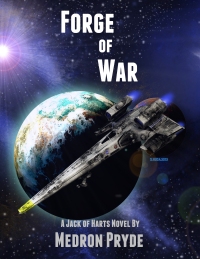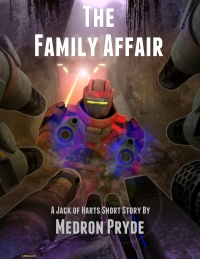The Second Great Depression
Whether it existed as a Constitutional Republic or an effective Democracy, many began foretelling the Third American Republic’s downfall as early as 2000 or 2010. While the elections of 2008 and 2016 certainly proved to be clarion calls when it comes to the health of the Republic, most historians agree that the government limped along for the next quarter century without observable historical change. There was great cultural and rhetorical outrage, but true political or cultural change was slow and minimal. The cities went one way, while the rural areas went another, and as time passed they had less in common with each other. The end years of the Third Republic were times of division, and it became common to call people on any side un-American if they did not agree with a chosen slate of values. Gridlock and savage rhetoric ruled the era, and political violence of a kind not seen in decades, or centuries, rose to become almost commonplace. But for all the news and thunder of this violence and rhetoric, little actually changed in how the country worked. The Second Great Depression became that change.
 The Martian Affair on Amazon
The Martian Affair on Amazon Forge of War on Amazon
Forge of War on Amazon The Audacious Affair on Amazon
The Audacious Affair on Amazon Angel Flight on Amazon
Angel Flight on Amazon Angel Strike on Amazon
Angel Strike on Amazon Angel War on Amazon
Angel War on Amazon The Family Affair on Amazon
The Family Affair on Amazon The Thunderbird Affair on Amazon
The Thunderbird Affair on Amazon Wolfenheim Rising on Amazon
Wolfenheim Rising on Amazon Wolfenheim Emergent on Amazon
Wolfenheim Emergent on Amazon The Gemini Affair on Amazon
The Gemini Affair on Amazon
Discussion ¬